Chennai (formerly known as Madras) the capital of Tamil Nadu, lies along the coast of the Bay of Bengal, developed after 1639 when the British East India enterprise established a fort and trading post at the small fishing settlement of Chennai. Over the past three and a half centuries, the small fishing settlement has grown into a bustling metropolis which is especially known for its spaciousness which is lacking in other Indian cities. This characteristic is exemplified by the long esplanade called the Marina and which is lined by impressive structure which remind the casual visitor of the long and inseparable association the city has had with the British. Even elsewhere in the city, one cannot fail to consideration the dominant British influences in the form of old cathedrals, structure in the Indo-Saracenic style of architecture, wide tree lined avenues.
As a city it continues to speak the best of South Indian traditions. This is not surprising because the region was an foremost centre of Pallavan culture long before the British came here and the traces of which are to be found in the numerous old temples. Thus, the unwary visitor will find Madras more than just a gateway of South India. He shall find it a favorable base to peep into the varied aspects of customary south Indian culture and life styles which intermingle with the contemporary city unblemished with its plush hotels and restaurants - contribution a range of continental and typical south Indian cuisine, long and uncrowded stretches of beaches, contemporary shopping centres which offer customary handicrafts, textiles and much more peculiar to this part of India.
Besides the contemporary city itself, there are some absorbing towns like Mahabalipuram and Kanchipuram, each with a rich range of aged temples and an array of customary handicrafts which are very much their own.
Mahabalipuram: renowned for monolithic sculptures on the seashore. These sculptures belong to the period of Pallava Kings who ruled this part of South India many centuries ago. Chariot, Elephant and other huge sculptures out of singular stone is worth seeing.
Kanchipuram: A renowned place for temples and silk sarees. Also one of the place where the Hindu mutt called the Shankaracharya Mutt is situated. Varadaraja Perumal Temple and Kanchi Kamakshi temples are very famous. There are many colonies who involve in weaving pure silk sarees worth finding and purchasing too as it ranges from a simple Rs.2000/- to Rs. 1 Lakh also.
Sriperambudur: On the way to Kanchipuram is other place called the Sriperumbudur, came to light from a sleeping settlement after the assassination of Shri Rajiv Gandhi, India's youngest elected Prime clergyman on May 21, 1991, who in a short span of his politics, brought in a rapid turn information Technolocy, Communications Systems in India.
Dakshinchitra: Situated on the Ecr High way at about 25 Kms. From the centre of Chennai. It is worth spending atleast a day here to see the aged type of common houses of the South India as it depicts the range of houses built in those days to suit their needs. For e.g the fishermens' house in Kerala, Weavers house in Tamilnadu (Kanchipuram), Karnataka, and Andhra. One can also find the handicrafts of these states and many families unmistakably live here and show you how they work on a potters' wheel, weave silk sarees, make glass idols and the same items are sold here. Many volunteers work here to promote the work of these artisans.
Muttukadu: This place is a picnic spot where you can go for boat ride, or row your boat along the backwaters and enjoy the cool zephyr of the sea after 3.00 Pm.





 Thailand Baht Exchange Rate
Thailand Baht Exchange Rate












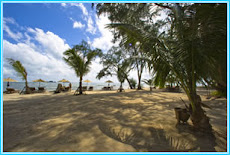

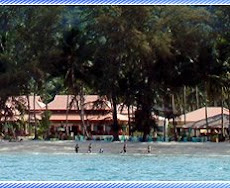


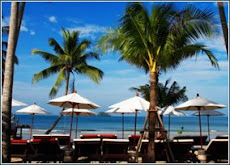






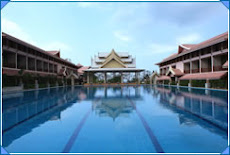









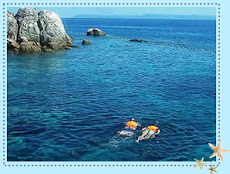
No comments:
Post a Comment